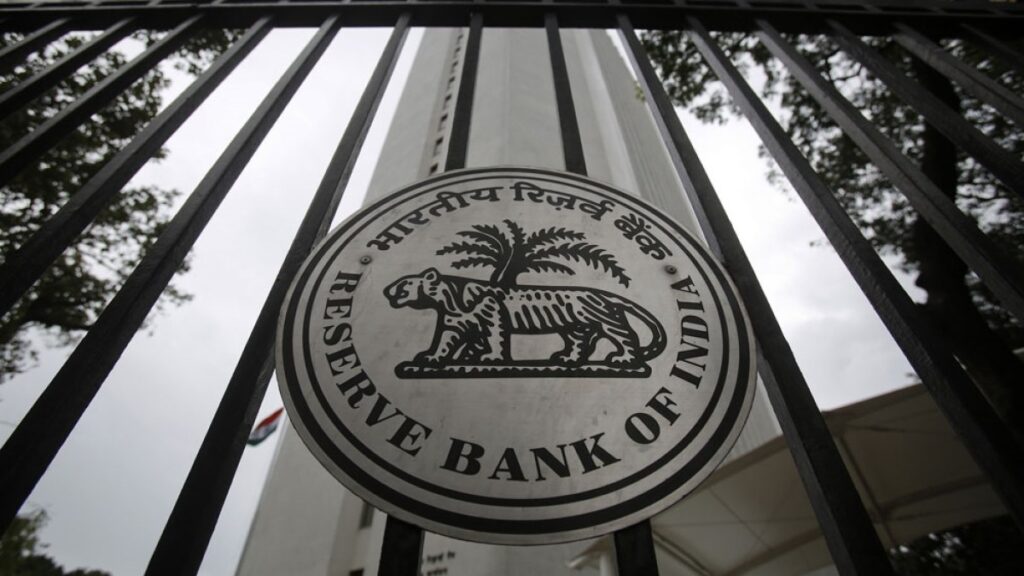With India’s economic growth slowing down and inflation rising, the new governor will have challenges to deal with.
India has appointed career civil servant Sanjay Malhotra as its new central bank governor in a surprise move that leaves markets guessing about the future direction of monetary policy.
Financial markets had expected the Reserve Bank of India’s current Governor Shaktikanta Das to be handed a second extension when his term ends on Tuesday.
Malhotra, whose appointment was announced on Monday, is currently the revenue secretary for the Ministry of Finance. He has worked in financial services, power, taxation and information technology over a three-decade career.
His appointment as Reserve Bank of India (RBI) governor for a three-year term follows a decline in the country’s economic growth and an upturn in inflation.
“Not only are we dealing with a sharp growth-inflation trade-off and a changing global environment, but also a new set of monetary policymakers at the helm,” said Madhavi Arora, chief economist at Emkay Global.
“A change in the governor followed by a likely change in the deputy governor in charge of monetary policy before the February monetary policy review will mean a significant amount of uncertainty for the markets,” she added.
RBI Deputy Governor Michael Patra’s term is also set to conclude in mid-January and the government is looking for a replacement.
Both the governor and the deputy are part of the six-member Monetary Policy Committee (MPC).
Challenges ahead
With the country’s economic growth in the September quarter at its slowest in seven quarters and inflation edging above the central bank’s six percent tolerance band for the first time in over a year, the monetary policy committee has a challenge ahead of it.
One of the longest-serving RBI governors since India’s independence from British rule in 1947, Das took on the role in 2018 after previous Governor Urjit Patel resigned following a difficult relationship with the government.
Das helped stabilise that relationship while overseeing a period of recovery in India’s financial sector and most recently led an effort to prevent a build-up of risk, asking lenders to avoid all “forms of exuberance”.
The central bank has been seen as more interventionist under Das, stamping down exchange rate volatility to decade lows.
Malhotra has not publicly expressed his views on growth or inflation since he joined the Ministry of Finance, but is known to be a consensus builder.
Officials who have worked with him say he is growth-focused and believes central bank policy needs to align with government policy to manage inflation.
Economists at Capital Economics said they expected a 25 basis point cut in India’s repo rate at Malhotra’s first MPC meeting in February, compared to April under Das’s leadership.
In his current role, Malhotra has clashed with the central bank on several occasions, including getting cryptocurrency platforms to register with the Financial Intelligence Unit when the bank wanted to stop the use of cryptocurrency in the country.
Malhotra also helmed key decisions on the state’s divestment of Life Insurance Corp of India and the sale of the government’s stake in IDBI Bank.







